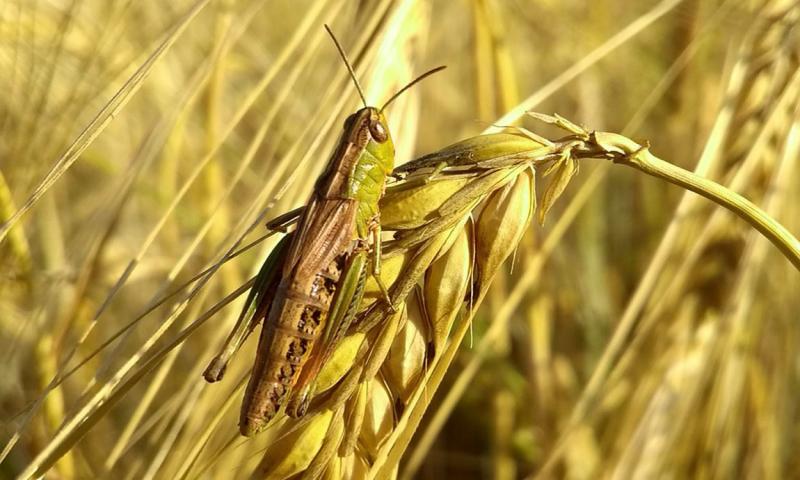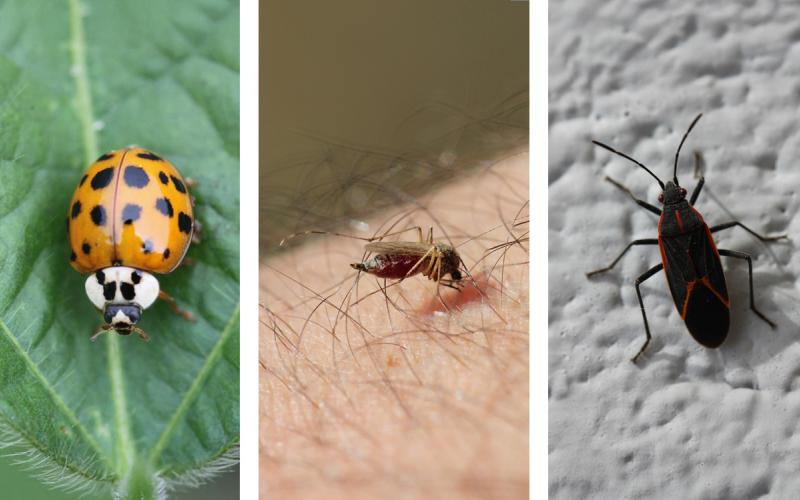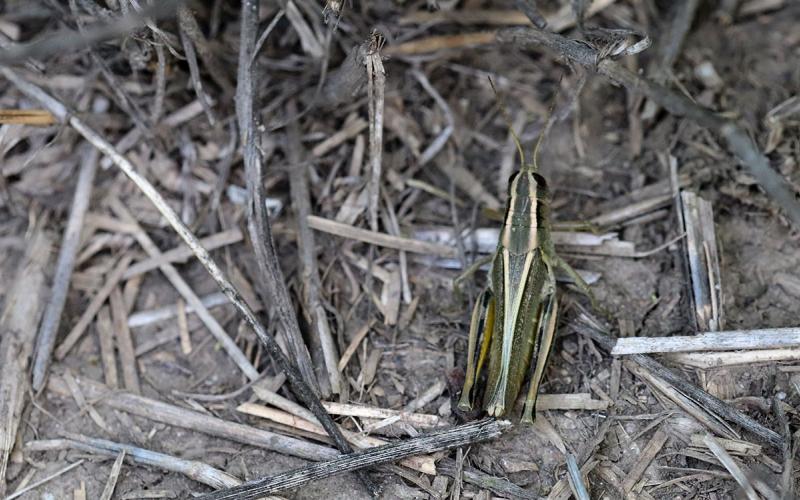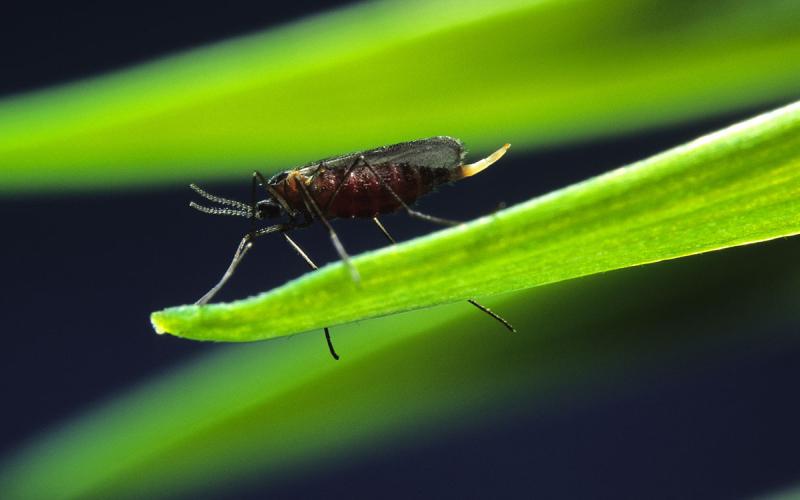
Written collaboratively by Adam Varenhorst, Amanda Bachmann, Philip Rozeboom, Ruth Beck and Patrick Wagner
During the end of last week, we received reports of grasshoppers feeding on winter wheat that was close to being ready to harvest. One of the questions with the report was, “What insecticide can be sprayed that won’t delay harvest?” Most of the insecticide products labeled for grasshopper management in wheat have a preharvest interval that ranges from 7-30 days. However, the products containing the active ingredient chlorantraniliprole (i.e., Coragen and Prevathon) have a preharvest interval of one day.
The thresholds for grasshopper feeding in wheat are 21-40 grasshoppers per square yard in the field margins or 8-14 grasshoppers in the field. There isn’t a threshold for the amount of head clipping that can occur before spraying. If this is occurring, spraying an insecticide is going to be based on how much head clipping has occurred, whether or not the grasshoppers still active in the field, and the estimated time until the wheat can be harvested.
Since the grasshoppers vary from nymphs to adults, it is important to follow the label but use the highest labeled rate when spraying an insecticide. Adult grasshoppers have a higher tolerance to insecticides and can be difficult to kill. Another concern is that once the wheat is harvested, the grasshoppers will move into any crops nearby that are still green. We recommend scouting those fields and ensure that severe defoliation does not occur.


